
Automatrix (rescue ships)
Thunderbird 1
The craft is known as Thunderbird 1. It has a sharp red nosecone, along with a cylindrical silver body, and a powerful blue engine. It also has a pair of small sweep wings on the sides of the craft, and the cross shaped bottom is positioned in the manner of a plus sign. It is 80ft tall, with a 20ft (26 when the wings are extended) wingspan. It has a definite underside and topside when flying horizontally; the underside has four VTOL jets, a large glass window for the pilot, and bay doors in the midsection, while the topside just has "THUNDERBIRD" written down it, completed by the "1" painted on both sides of the blue coloured section. The interior goes from the nosecone to the wings. The pilot's chair is located at the front, near the nosecone, where the windows are. There are no front facing windows with the aerodynamic nosecone taking up the entire front. The windows can open up, and the chair can be carried outside via a robotic arm, providing swift entrance and exit.
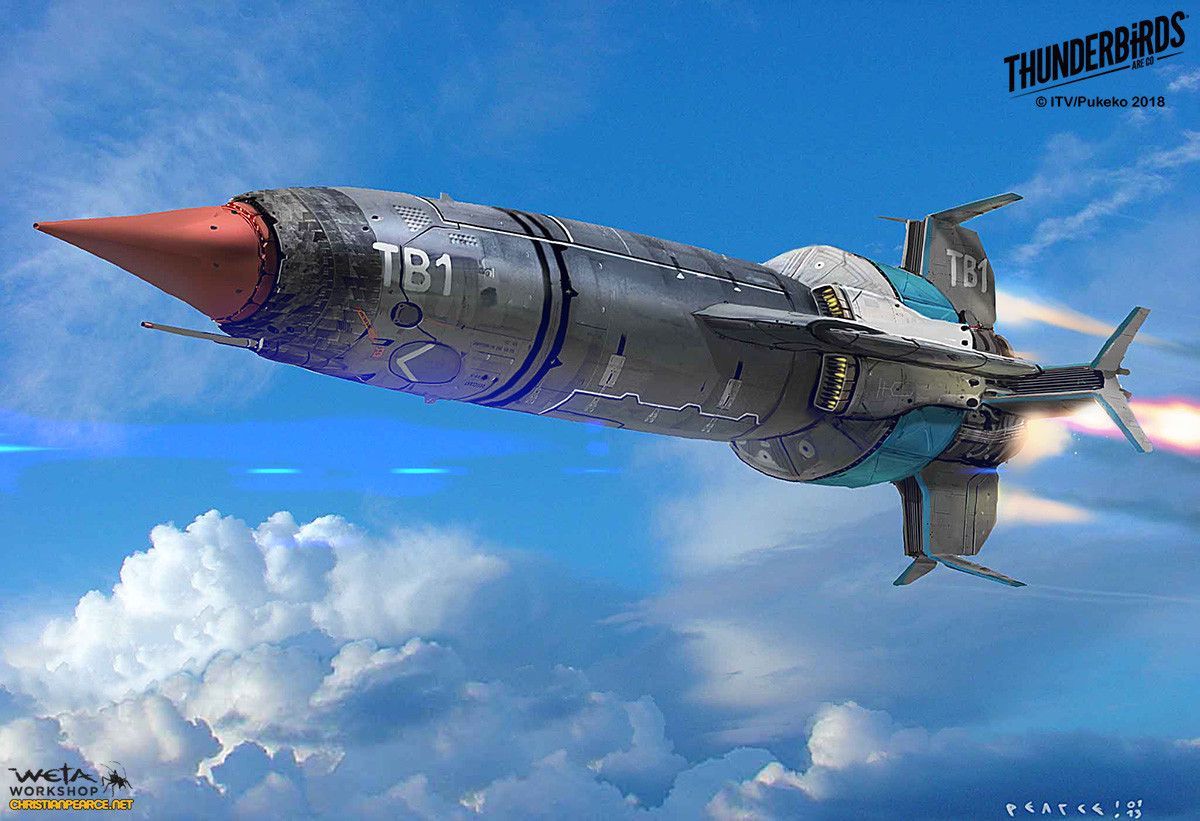
https://youtu.be/w0ciIWeVLwM
.
Thunderbird 2
The craft is none other than Thunderbird Two, the giant transporter ship. The ship is 31ft tall (57 with its telescopic legs deployed), 112ft long from nose to thrusters and tail, with an 82ft wingspan, and a body weight of 406 tonnes. It is a giant, wide-body, green coloured, somewhat blocky plane with small forward-swept wings, a massive rear tail spoiler and large rectangular engine intakes on either side. Despite its bulky appearance, the two rearward engines are powerful enough to allow it to fly at supersonic speeds nonetheless. It is capable of vertical take-off and landing, through the use of 4 large jets tucked underneath the craft's sides, close to the intakes. The VTOL jets can tilt forwards and backwards for slow and steady flights in all directions. The wings can fold upwards when not in use, allowing for easier landings. Two means of entrance and exit can be found at the crafts front end; a manually operated hatch on top, and a platform that can be automatically lowered underneath, and both lead straight to the cockpit. TB2 is designed as a freighter in mind, with the middle of the craft hollowed to carry one of the many modular containers carrying gear for different kinds of rescue missions.
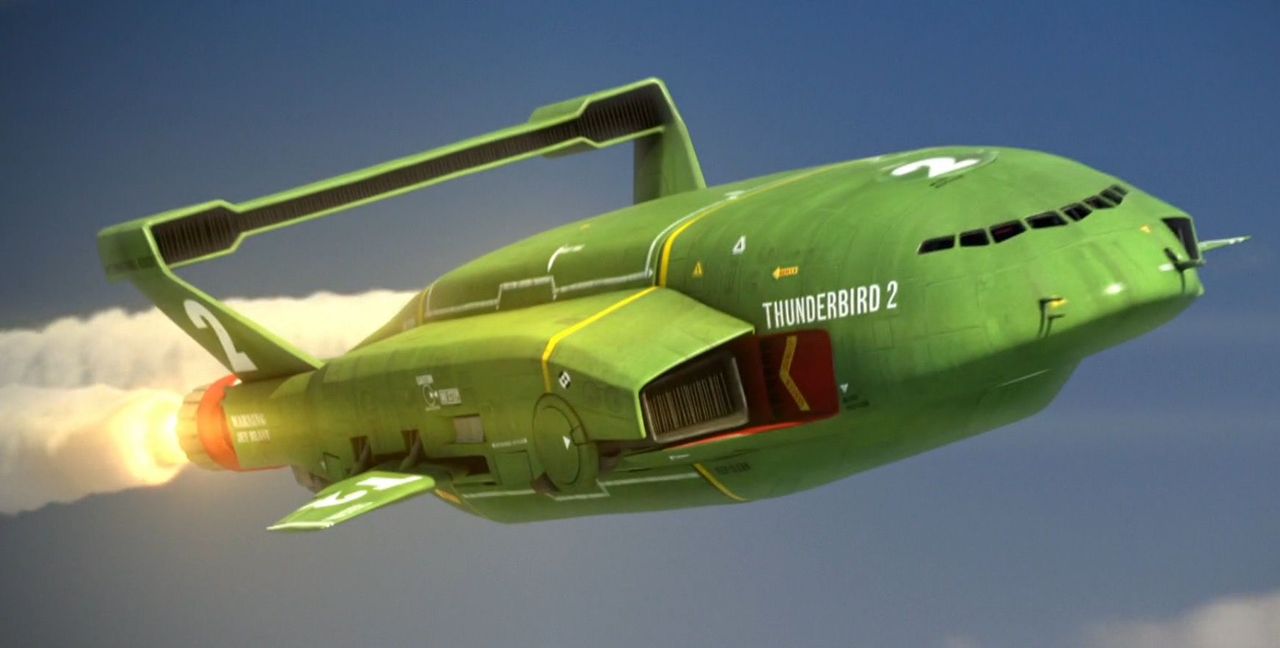
https://youtu.be/DkQ60y-o6QM
.
Thunderbird 3
Thunderbird 3 is 179ft tall, with a wingspan of 70ft, while having a maximum acceleration of 10Gs (over 30,000mph). The drive system is an Ion-drive particle accelerator, with a hybrid electromagnetic/rocket motor. The vessel is in bright red with a white 'THUNDERBIRD' leading back to the dark grey fan-like structure in the middle of the vessel, with three arm-like protrusions on either side of the craft's body, which link up with the three-engine base of the rocket, the number 3 in white on the base. The cockpit is located in the upper-middle of the rocket's body and it has 4 seats, making it the largest cockpit among all the Thunderbirds. Windows form a ring all around the fuselage, and the cockpit can rotate so that anyone can see all around the outside.
Although capable of agile atmospheric flight and handles well in situations where gravity is significant thanks to its powerful thrusters, TB3 lacks wings to generate lift and is primarily designed for space rescue missions, usually only flying straight upwards to space after launching. It can move very freely in space using vernier thrusters built around its whole body to perform delicate maneuvers. The engine array at the base of the rocket includes an incredibly powerful central ion engine for extremely long distance space travel, and three rocket engines surrounding it. Three grapple arms connect the middle of the ship to the three rocket engines, which can be deployed for various uses. The cavities where the arms sit has nozzles, allowing the engines to fire frontward when the arms are deployed. TB3 has highly advanced heat and radiation shielding, allowing it to get very close to the sun without suffering meltdown in its systems. Its ion engines allow travel to other large nearby celestial bodies in a relatively short time. The rocket can travel to the sun in a matter of hours and Jupiter, within a few days; both of which could take months when done conventionally.

https://youtu.be/5Z1oaA2q_Yo
.
Thunderbird 4
Thunderbird Four is the smallest Thunderbird of them all and one that is designed to withstand immense deep sea pressures; this helps grant its immense durability and capacity to explore undersea caves, but it also means it is far from convenient enough for the yellow submarine to go to the danger zone by itself, due to limited range, low speed, and complete inability to travel unless submerged underwater. The craft is 10ft tall, while being 32ft long (34 with the robotic arms), while being 15ft wide. It's cruising speed is 184mph, with a maximum speed of 287mph. Thunderbird 4 can be entered via an underside hatch, which leads straight to the little cockpit (designed for Rin to control), and a door at the back where rescued people and equipment can be put. Bright lights emit from the very front of the vehicle, allowing Rin to see in the deepest and darkest of waters. Thunderbird 4 has many small windows on the sides and underneath the cockpit, and even the backdoor has transparent surfaces, further adding to the freedom of exploration. Thunderbird 4 has a flexible fin and two small engines at the back which allow for surprising speed and agility.
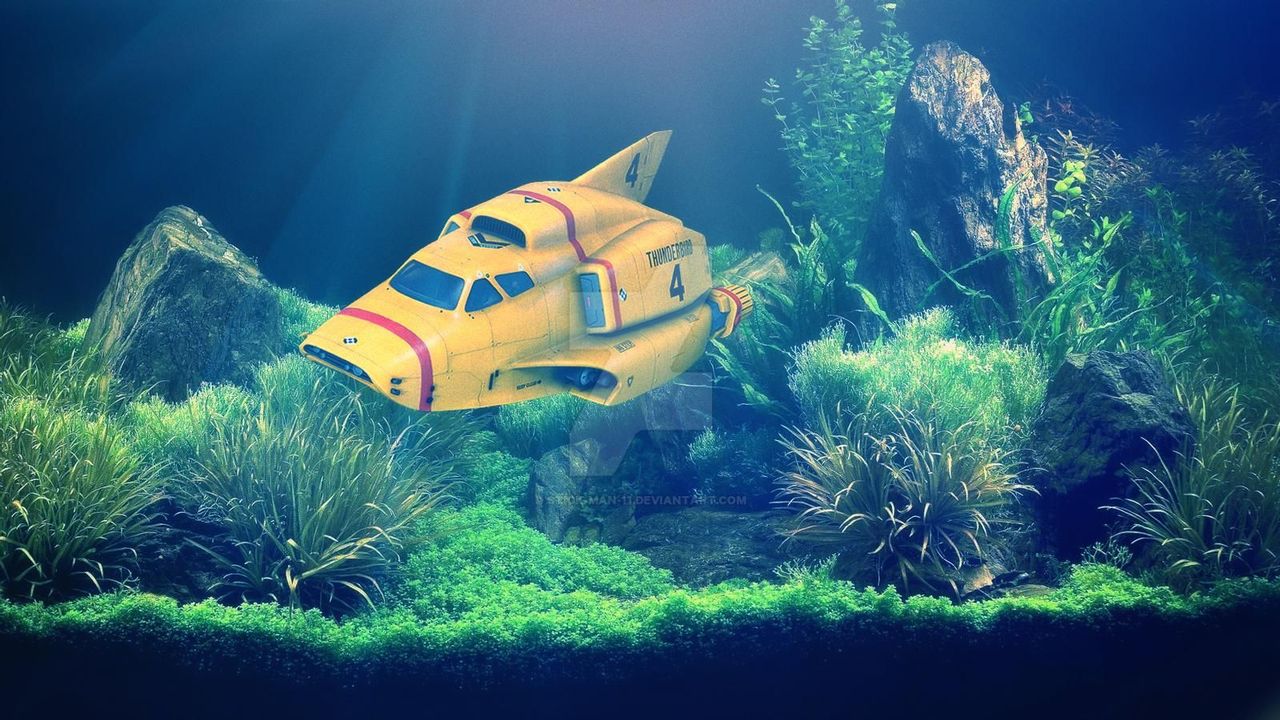
https://youtu.be/NqSycngpSv8
.
Thunderbird 5
thunderbird 5 is International Rescue's monitoring satellite space station, moored in a geostationary orbit 22,400 miles above the Pacific Ocean, directly above Tracy Island. Manned by Lily , it has two major roles: the first is to monitor the planet for potential disasters and receive distress calls when these arise, and as such, TB5 is equipped to scan the planet's surface in real time and listen-in on radio chatter regardless of language and location
TB5's utility does not end once a rescue is set in motion, since the satellite's second role is to provide oversight and technical assistance during operations, hacking into and taking control of data networks and their stored information, vehicles and other machinery involved in or vital to the rescue. It also serves as logistical support with John and EOS pulling out whatever information or contact field assistance related to the current mission.
To this end, TB5 is equipped with powerful solar-powered supercomputers with holographic interfaces supplemented
The most unusual and unique Thunderbird, TB5 is not a hands-on rescue machine as a matter of routine, but is nonetheless one of International Rescue's, if not Earth's, most useful and powerful machines. TB5, unlike her sisters, was not designed and built for direct participation in rescues, so when she is called on to do just that, it is often a sign of desperation and just how bad the situation has gotten.
Though not a vehicle in the conventional sense, TB5 can, like many other satellites and space stations, move under its own power. Thrusters allow TB5 to raise or lower its orbit and then resettle into a geostationary situation behind or ahead of its normal mooring point above Tracy Island, allowing John Tracy to better observe a particular point of Earth. Smaller RCS jets allow the satellite to alter its attitude or to move to any point above the Earth.
TB5 is, however, typically in a geostationary orbit directly above Tracy Island to facilitate the best contact with International Rescue's headquarters, and thus it primarily acts as a housing for the powerful digital technology necessary for International Rescue to even function as a lifesaving organisation.
While the full extent of TB5's abilities is unknown, it is clear that it can access the Internet (or 2060's equivalent), digital archives and communications and affect machinery remotely. Its sensor arrays are powerful enough to allow the satellite to receive distress calls from as far as Jupiter. On certain occasions EOS will caution that such actions are violations of one or more codes or laws, and it is a capability open to abuse in the wrong hands. However, TB5 is only ever shown to use such abilities if the outcome saves lives. As such, TB5's systems are never shown to disrespect day-to-day privacy.
The central structure of TB5 is shaped rather like a microphone. Around what would be the "grill" is a toroidal structure containing most of the station's rooms and facilities. This ring spins around in order to generate artificial gravity, explaining how John is able to remain in space for extended periods without suffering the musculoskeletal degradation that can be caused by extended spaceflight. For unexplained reasons, the ring can rotate at a much faster speed than is needed to generate 1G of gravitational force, allowing it to easily go above 25g, and EOS, while hostile, abuses this facility to subject John to extreme G-forces in an attempt to kill him.
Space Elevator and TB3 Docking Port
The outside of the ring is also the place to look for Thunderbird 5's Space Elevator, allowing John to visit Tracy Island at will provided TB5 is in geostationary orbit above the island. This means that the satellite is equipped with (and can store) at least 22,500 miles of cable. EOS comments that this cable is incredibly thin, though John expresses faith in its safety given Brains' tendency to over-engineer everything he designs to ensure near-absolute safety. It is likely, within the 2060 context, that the cable is some form of carbon nano-wire or some material of similar traits or strengths.
Thunderbird 3 is also capable of travelling to and docking with Thunderbird 5, with the TB3 dock at the center of the gravity ring. Three secondary docking ports allow TB3's arms to secure the ship in place more firmly.
The elevator is surrounded by several small boosters and has a claw on the end, allowing it to directly interact with large objects in space (or far down below on Earth) with precision should it ever need to. While its primary purpose is to connect the satellite with Tracy Island, allowing John to easily travel to and from Earth as well as deliver supplies to TB5, i
Height: 112 feet
Length: 177 feet
Wingspan: 80 feet

https://youtu.be/nIyrsSRf900
.
pod Maker
Pods are small vehicles used by International Rescue that are built with more specific purposes than the Thunderbirds.
There are at least five in total and two carried by Thunderbird 2 within Module 2 and 3 (can be stored in other Modules) one for the cargo bay of Thunderbird 3
While on-board Thunderbirds 2 and 3, robotic arms customize their appearance and abilities by taking off and attaching on various tools and wheels (or other means of mobility) so that they can "become" different rescue vehicles for different uses. These combinations, all uniquely named, tend to have one form, but some may also use different attachments if they require the abilities they grant for a rescue mission. Thunderbird 2 and 3 may also have their own version of the same vehicle concept.
Without attachments, Pods are a rough cylindrical shape and, They can be entered from above by opening the glass roof. Their interior is very small and contains just two seats; one in the front for the driver, and one passenger seat in the back that is big enough to be inconveniently shared by another. They also have on-board computers capable of both taking commands without a driver required and giving commands to a Thunderbird craft. However, as of season 3, the pods used from Thunderbird 2 are green, the pod in Thunderbird 3 is Red a , making the pods the same colour as the Thunderbird that they are associated with.
they have a Height: 3 feet, a Length: 10 feet and a Width: 3.2 feet
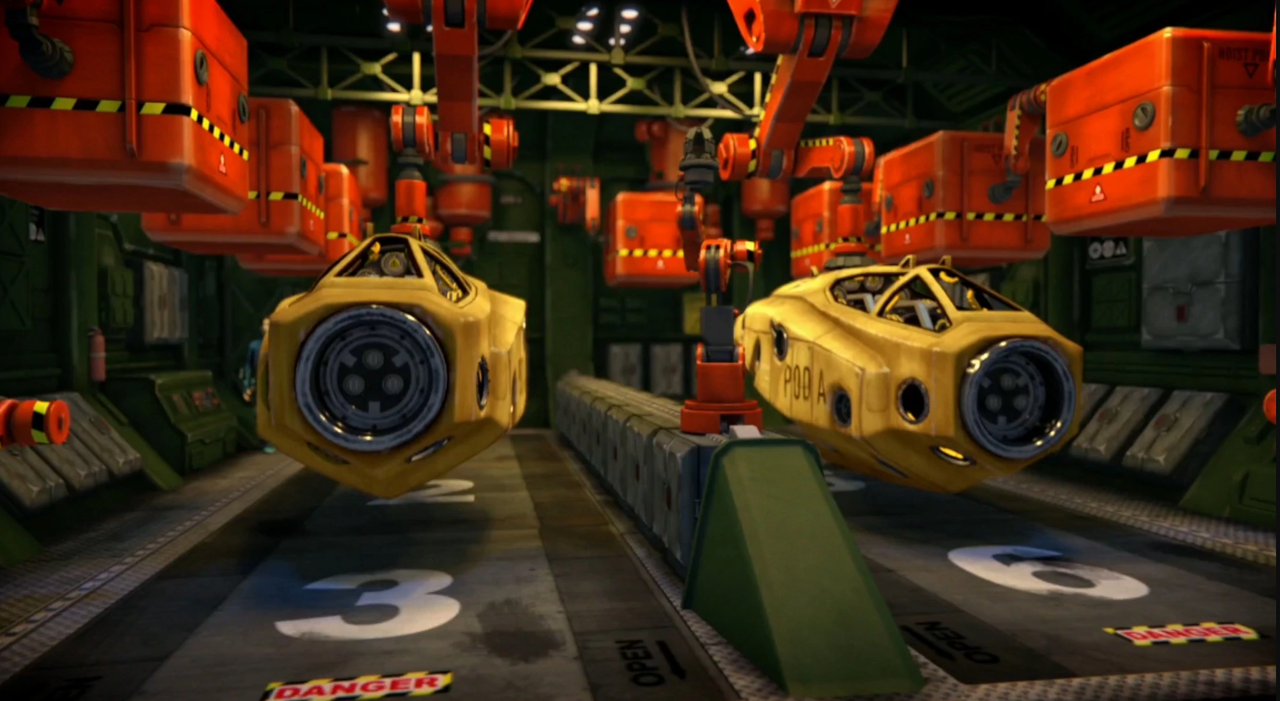
there are
The Mole pod
The Mole is a tunnelling machine that uses a large drill on the front, tracks at the sides, and even a jet at the back to thrust into the hardest of rock and reach those in need of help underground.
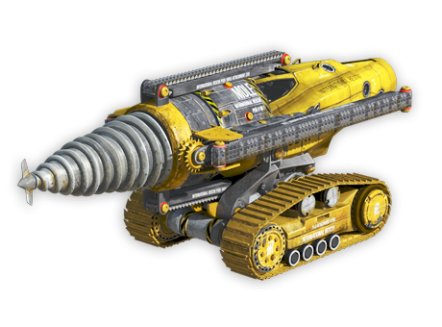
.
The Bulldozer
The Bulldozer is a heavy-duty debris-clearance vehicle armed with a large shield on the front.
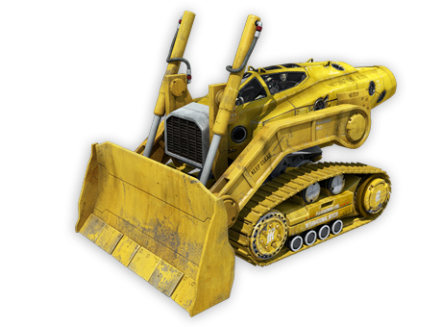
.
The Elevator Cars
The Elevator Cars are equipped with large, shock absorbing platforms on their roofs. They are used to support and lift great weight and to provide planes with safe landings, although they were nearly crushed when they acted as landing gear for the Fireflash as the aircraft was too heavy for them.

.
The Explorer
The Explorer is built for safely traveling through vertical tunnels and across all manner of terrain. It is notable for possessing a large variety of possible attachments for this purpose, making it look completely different depending on which episode it appears in.
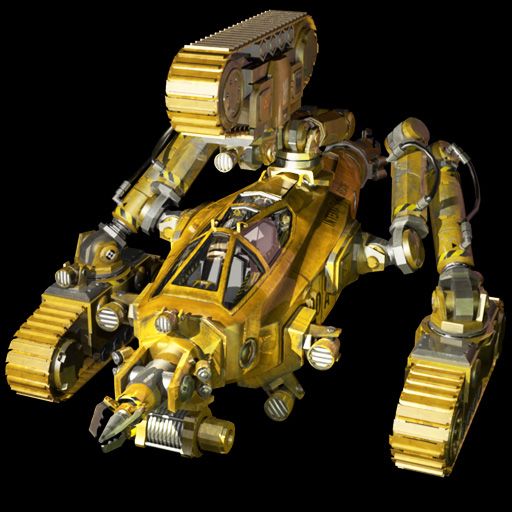
.
The Helipod
The Helipod is an air-based repairment vehicle. It's equipped with four enclosed rotors on its sides for swift yet steady flight, an electromagnetic cable on the side, and a flexible robotic arm at the front end. It can be used for heavy lifting and for fixing airborne machinery. It's also known as the 'Aeronautical Repair Pod'.

.
The Gecko Pod
The Gecko Pod is a land-based repairment vehicle. It sports four (or six) legs that allow it to climb vertical surfaces, and uses small underside arms to fix damages. This combo was also called the 'Repair Pod' by Gordon in Weather or Not.

.
The Foam Stabilization Pod
The Foam Stabilization Pod has the ability to shoot a powerful adhesive onto structures which are about to collapse or are broken. It uses two foam mounted guns on its side to shoot the substance and contains it with four silos at the rear. It has been built with both rotors and caterpillar tracks, for use in the air and on land (the foam works in water as well, seen in Power Play).
.
The Cargo Pod
The Cargo Pod, built with six large wheels, a mechanical arm, and a rear-mounted cargo bay, is capable of transporting equipment to, and evacuating citizens from, danger zones. It's also used by Grandma Tracy for shopping.

.
The Mountain Pod
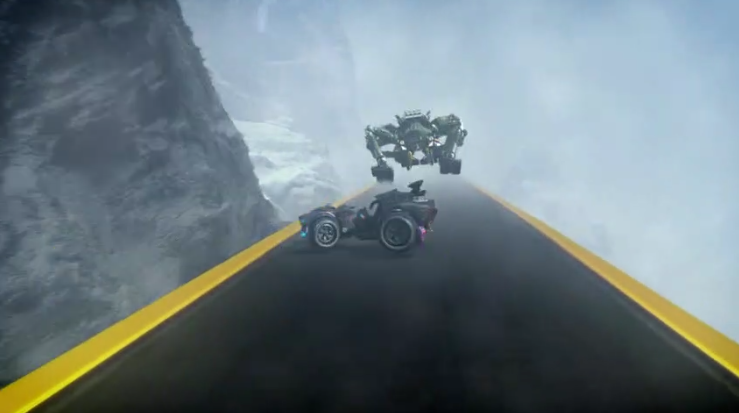
.
The Submarine Pods
The Submarine Pods consist of two underwater vehicles with aqua-jets and two robotic arms; they are essentially back-up vehicles for Thunderbird 4 if the former is either out of action or undergoing repairs.
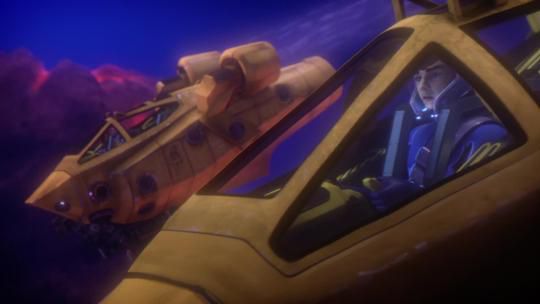
.
The Sherpa Pod
The Sherpa Pod is like the Mole pod, but built with snow in mind. It has a 'heatbank' on its front with tracks at its sides, which enables it to dig very deep inside avalanches. Also, like the Mole pod, it has tracks to carry it to its destination.
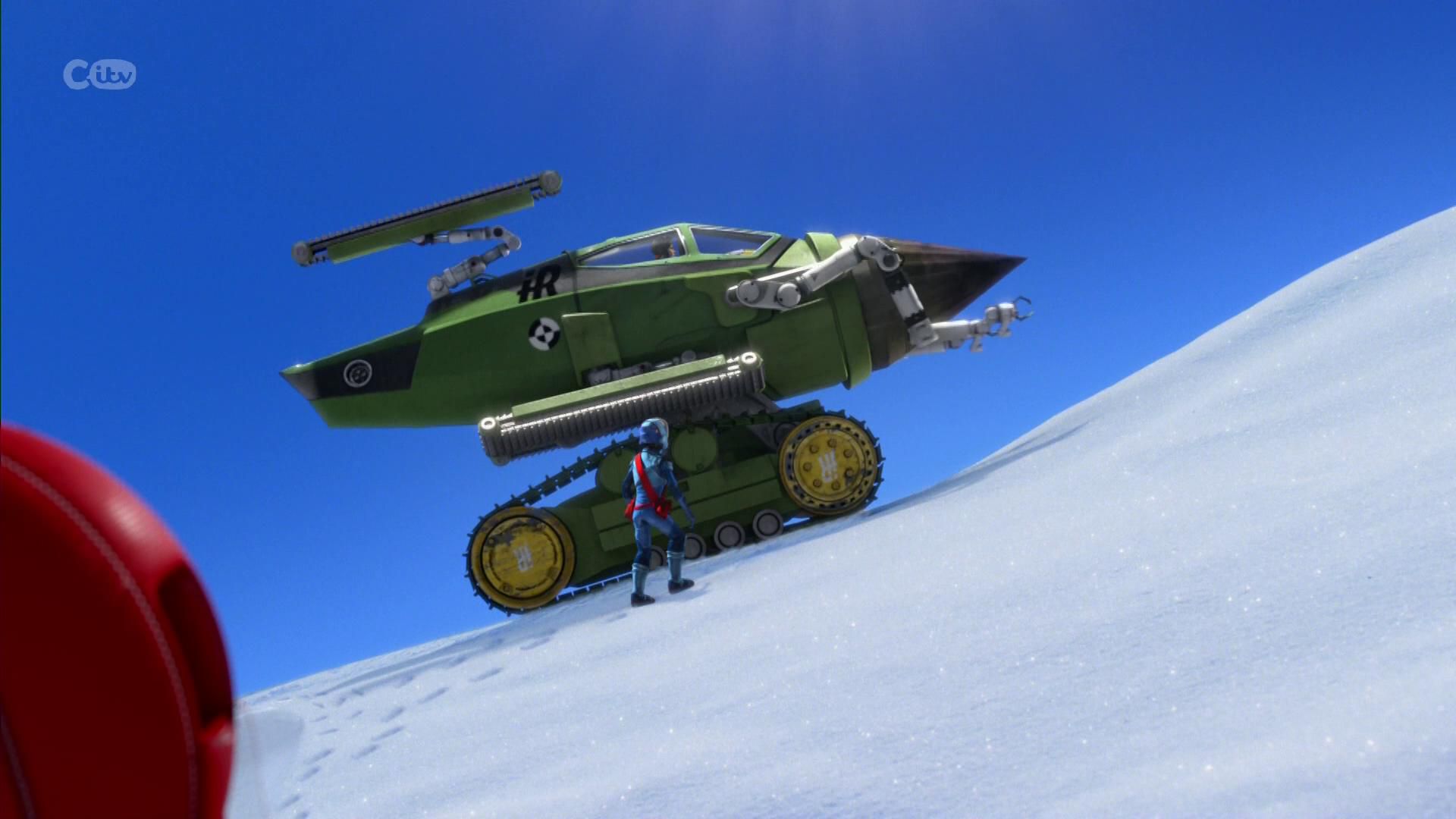
.
The Dragonfly Pod
The Dragonfly Pod is a mechanical version of a dragonfly, which enables it to fly into much smaller spaces compared to Thunderbird 2's enormous wing-span. It also capable of flying underground.

.
Thunderbird 3's cargo bay carries one Pod, and it can fly through space using multiple jets fastened to its body, but whether or not it can be driven on the surfaces of planets and moons remains unrevealed.
.
The Rescue Pod
The Rescue Pod sports a circular docking mechanism on the roof, making it useful for evacuating people from a spaceship and taking them to Thunderbird 3. It can also be equipped with a front-mounted robotic arm that can be used for welding.
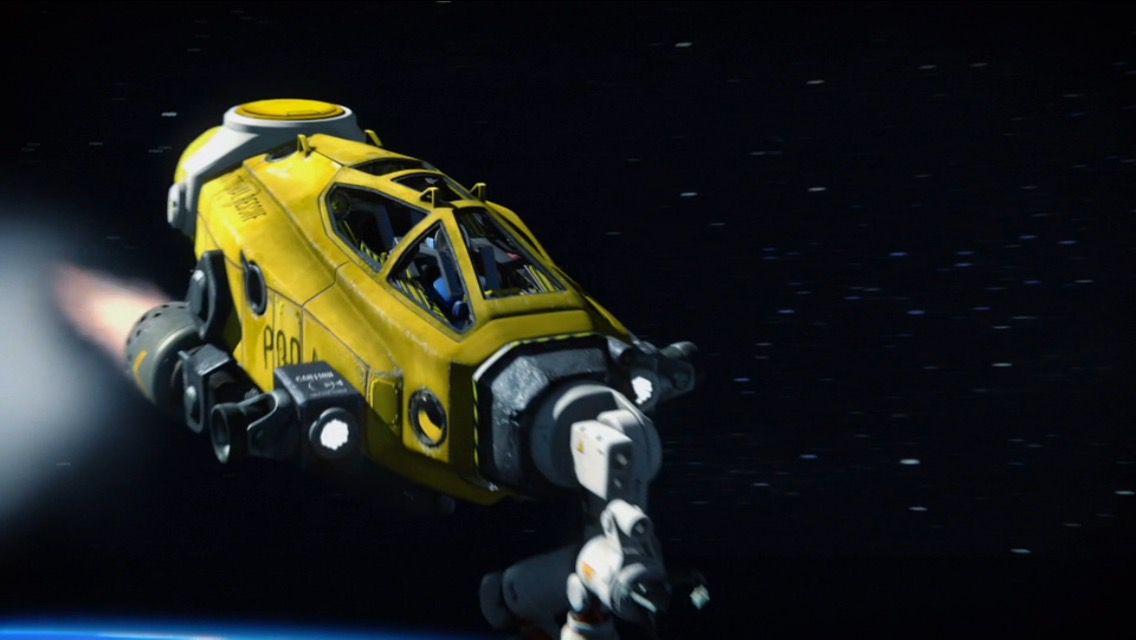
.
The Explorer
The space variation of the Explorer is equipped with the Portable Debris Defence Module, which is a laser cannon powerful enough to decimate meteoroids, allowing it to explore extremely hazardous areas.
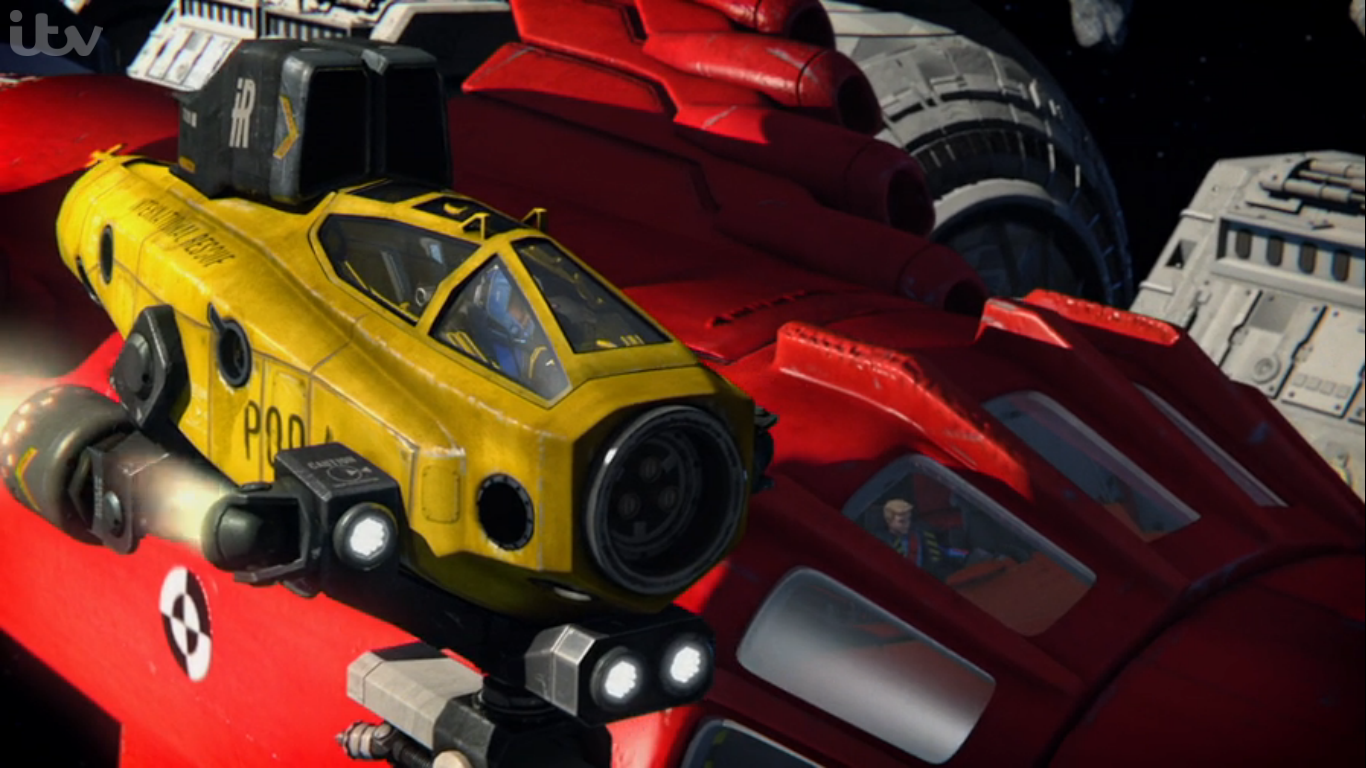
.
The Yamatois 70,527 tonnes, about 852ft 10" long from bow to stern, with a beam of 127ft 7", and a draft of 36ft 1". It has a heavily-upgraded and modified Hackenbacker-series 300 fusion reactor, which will deliver over 500,000hp to the motor turbines, which powers the craft along at 55 knots (101km/h). But, there's a secret this craft has; it can launch into the air and become airborne, thanks to VTOL motors, with deployable wings on either side of the craft, and they can reach speed of around 300km/h. It possesses 3 triple 46cm guns, 2 triple 15.5cm guns, 12 twin 12.7cm guns DP guns, 162 2.5cm AA guns, plus 4 13.2mm AA machine guns. For the armours, the waterline belt is 410mm thick, the deck sporting 226.5mm armour plating, and even the gun turrets have 650mm armour plating.
Command and control of ship are conducted from one or more bridges placed along the ship's central vertical axis. Under most conditions, the first bridge near the top of the ship's bridge tower is used. Far more spacious than the bridge of any other Navy vessel, dedicated science, navigation, communications, and weapons stations line the port and starboard walls, with the helm, tactical, and computer control stations plus an auxiliary station arrayed underneath a large forward-facing window. The computer station is built with a dedicated socket for the robots and humans. Cosmo radar and engineering stations are placed on either side of a dimensional compass mounted in the floor at the center of the room and ahead of the elevated captain's station. A large video monitor above the window dominates the bridge, providing scanner and communications information to the entire bridge crew. Two elevators provide access from the rear of the bridge. The bridge window can be polarized for added protection against very bright light
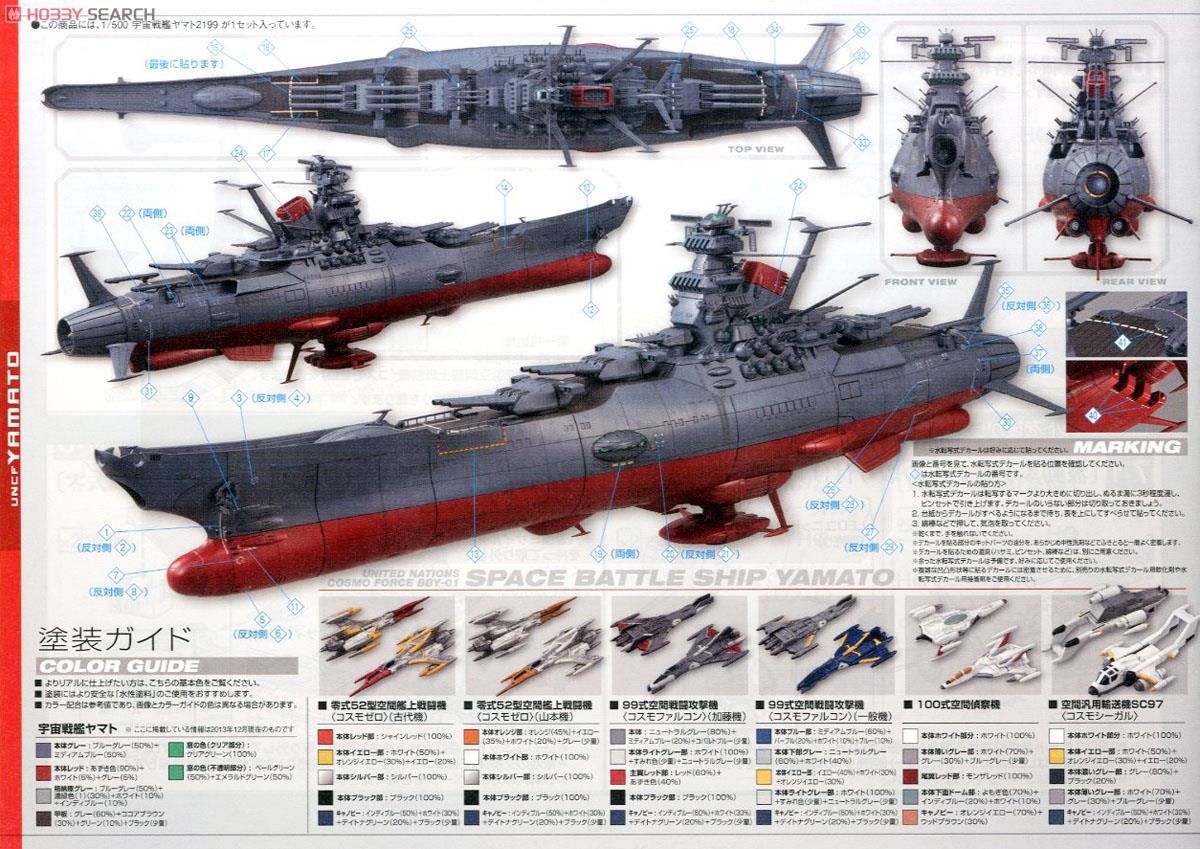
Bạn đang đọc truyện trên: Truyen247.Pro